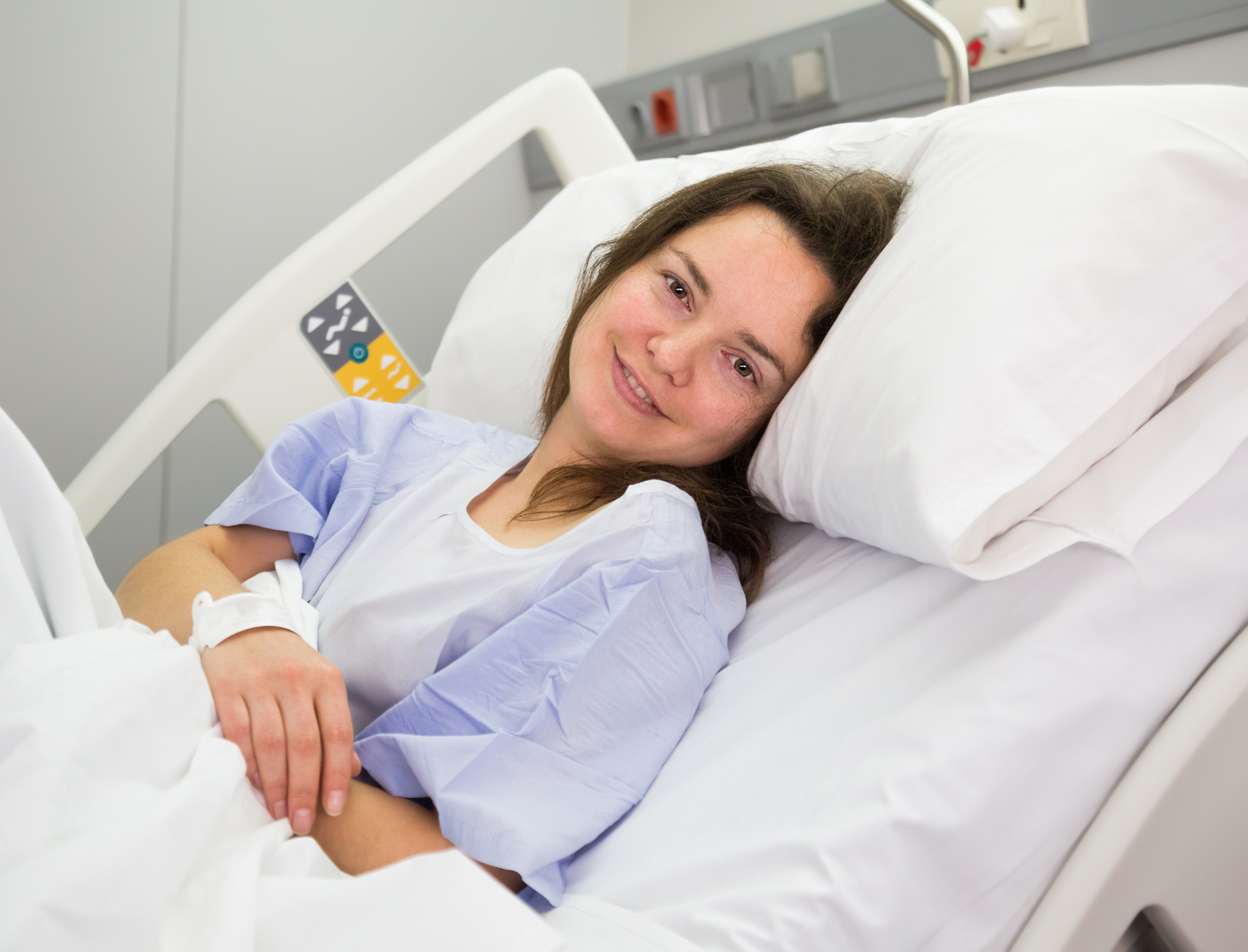Treating Overactive Bladder Naturally At Home
Overactive Bladder (OAB) is a condition affecting about 33 million Americans overall. Only a few of them seek medical help, as most people are embarrassed to discuss this particular condition with their healthcare provider. In addition to this, some do not ask for help because they think there aren’t any treatments available for an overactive bladder. This notion is false, as there are definitive effective treatments and home remedies one can turn to .

What is an Overactive Bladder (OAB) condition?
– The phrase overactive bladder is used for a frequent uncontrollable urge to urinate.
– The feeling is so strong that it is difficult to hold the urine in, causing involuntary loss of urine sometimes.
– Those with an overactive bladder condition urinate approximately more than eight times during the day and more than twice at night.
What causes an Overactive Bladder?
Following are some common causes of an overactive bladder in men and women –
– Prolapsed pelvic organ
– Stretched or weakened pelvic muscles
– Enlarged prostate
– Low estrogen levels, especially after menopause
– Nerve damage
– Giving birth through the vagina
– Stones or tumor in the bladder
– Parkinson’s disease, stroke, and multiple sclerosis
– Alzheimer’s disease
– Hip surgery or hip problems
– Incomplete bladder emptying
– Bladder structural problems
– Gestational diabetes
– Pregnancy
– Chronic urinary tract infections
– Constipation
– Long-term dehydration
– Chronic coughing
What are some facts you need to know about Overactive Bladder condition?
– Anybody can be afflicted by an overactive bladder but the likelihood of developing this condition increases with age.
– Anything that restricts the bladder can result in this condition.
– Activities that weaken pelvic and abdominal muscles increase the risk of OAB.
– Surgery is not the only overactive bladder treatment.
What are the medications for unspecified Overactive Bladder?
Anticholinergic drugs – These drugs treat an overactive bladder by blocking a chemical, named acetylcholine, present in the body. They reduce the contractions that cause you to release urine more often than normal. They have side-effects such as dry mouth, blurry vision, and constipation. Seniors using these drugs for treating overactive bladder are at a greater risk of being affected by its side-effects.
Beta-3 adrenergic drugs – These drugs relax the smooth muscles of the bladder walls, which, in turn, makes the bladder hold more urine. Available as a tablet, these drugs interfere with other drugs. Therefore, these medicines should be availed only after a prescription from a practicing medical authority.
Antispasmodic drugs – These oral drugs used as overactive bladder – treatment reduce bladder spasms. Some studies show that this older drug does not work as well as the newer options do.
Antidepressants – Sometimes a doctor may prescribe antidepressants for treating an overactive bladder.
How can you treat an overactive bladder naturally at home?
Following are some easy yet effective ways to treat overactive bladder at home –
Manage your fluid intake – Ample intake of fluids is imperative for your overall health, including the bladder health. Too little fluid intake can irritate the bladder lining, causing issues in the long run.
Avoid certain foods – Food triggers vary from a person to another. However, avoiding alcohol, spicy foods, corn syrup, chocolate, caffeine, tomatoes, vinegar, and artificial sweeteners can benefit all.
Pumpkin seeds – Packed with Omega-3 fatty acids, pumpkin seeds boast of anti-inflammatory properties. They work wonders for improving an abnormal urinary function, like an overactive bladder condition.
Bladder training – This is the most effective overactive bladder – treatment. It involves training the bladder to hold urine longer. Instead of peeing as soon as you feel the urge, try to control it for a while. Starting with a few minutes, you can gradually increase it to an hour. It is a great way to get back control over urination.
Pelvic floor exercises – An overactive bladder is a result of the weakening of muscles that control urination. You can do some exercises to strengthen your pelvic muscles steadily. Known as Kegel exercises, these exercises involve tightening, holding, and then relaxing muscles to start and stop the urination flow. Start with a few exercises and then increase the time and the number of exercise sets.